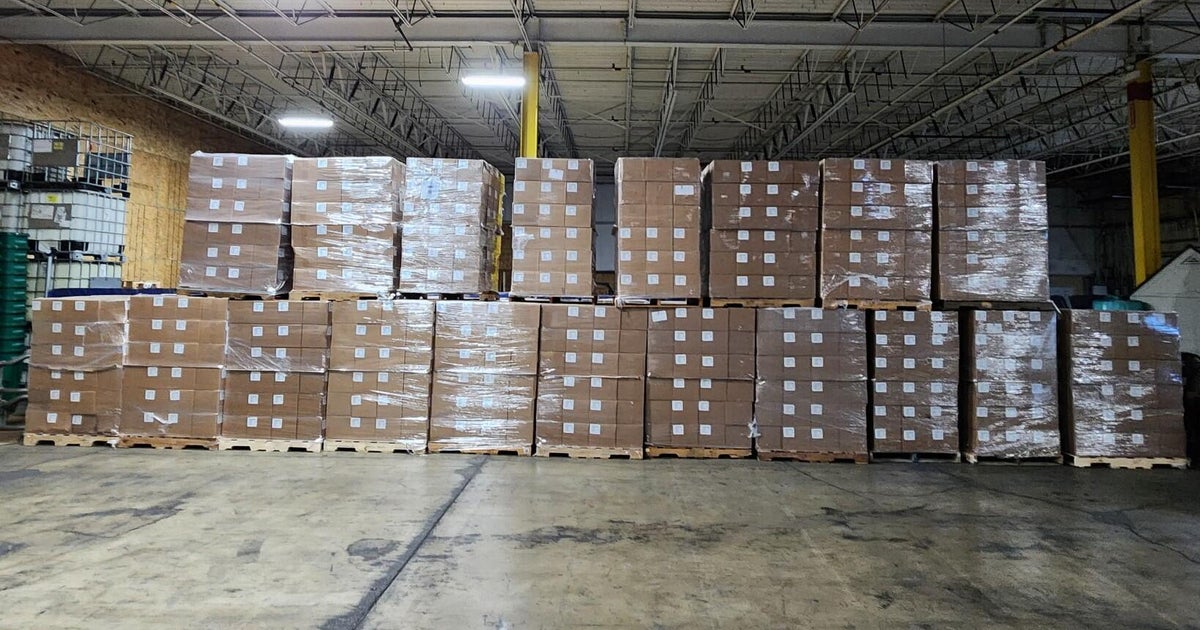Move over, Black Friday. Big discounts are coming in January — here's why.
January could be the merriest time of the year for shoppers this holiday season. The reason: The same supply-chain snarls that led to product shortages and fewer Black Friday discounts this year are expected to result in major savings on a range of items.
"This is the age-old problem of inventory liquidation that's going to make itself known in the form of heroic discounting," said Mark Cohen, director of retail studies at Columbia Business School. "I think that's already started and will pick up in the final days of December when it becomes untenable to ship things. In the face of somewhat of a chill because of Omicron, retailers are starting to dump goods."
Fewer products on store shelves this year meant fewer Black Friday discounts. In November, for example, only 8% of electronics products were discounted, compared with roughly 13% the previous year, according to Karthik Bettadapura, CEO of DataWeave, a retail data and pricing analytics firm. Just 3% of furniture products were discounted around Black Friday, versus 26% in 2019.
"Last-minute offers"
Now Cohen said he's already seeing steep discounts of 50% off on popular holiday gifts including chocolates and wristwatches. Retailers also need to clear out late-arriving winter items, like sweaters, boots and parkas, to make room for spring inventory. Some sellers are also throwing in free expedited shipping.
"I'm seeing increasingly frantic last-minute offers at deeper discounts on the internet all built on the view that we have to sell this stuff now because anything we hold over will lose a substantial amount of its value," he said.
Indeed, few retailers have the physical and financial capacity to store out-of-season goods until the following season — when they may even be out of style. They may also send product to off-price retailers like TJ Maxx, Marshalls, Burlington and other discount outlets.
The deep discounting stems largely from the congestion at West Coast ports, as well a nationwide shortage of truck drivers. That's made it hard to move goods from ships to warehouses, reducing inventories of apparel, electronics, auto parts and many other goods this year.
Close to 200 ships — equivalent to three malls' worth of merchandise — didn't make it through ports in November because of the back log, according to Greg Buzek, founder and president of IHL Group, a research and advisory firm specializing in retail.
"Because a lot of merchandise that was purchased for the holidays will be hitting in January, I expect it to be heavily discounted," he said.
When to expect discounts
Retailers may not slash prices immediately; they're likely to wait for shoppers to redeem gift cards first. The big discounts will start showing up about two and a half weeks after Christmas, Buzek predicted.
"It won't go straight to discount because retailers know there are a huge number of gift cards out there, so there is no reason to go crazy and do discounts early on. After is when you're going to really see it.
Unlike last year, when many factories closed over COVID-19 concerns in the lead up to the holidays, the latest holdup has to do with transporting — not making — goods.
"This year, the trouble is getting inventory much more than making it," said Simeon Siegel, managing director and senior retail analyst at BMO Capital Markets. "These are issues of transportation, not production."
While some popular products are hitting store shelves, it's hard to anticipate when goods will arrive.
"The problem is brands don't know which containers will make it through and which will not. There is a certain element that is completely out of control for some of these brands because it's not up to them," Siegel added.





